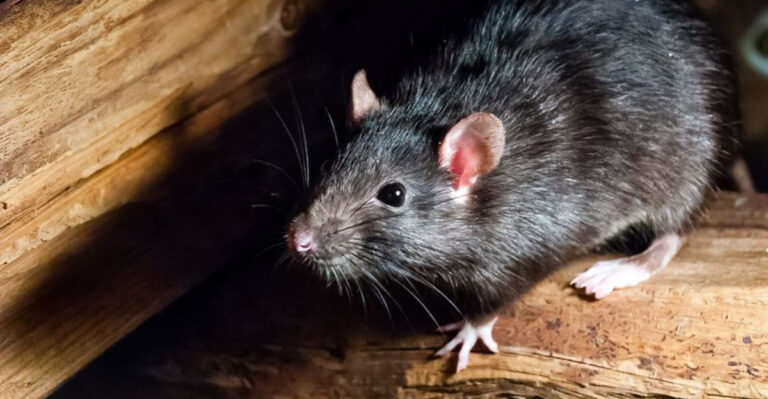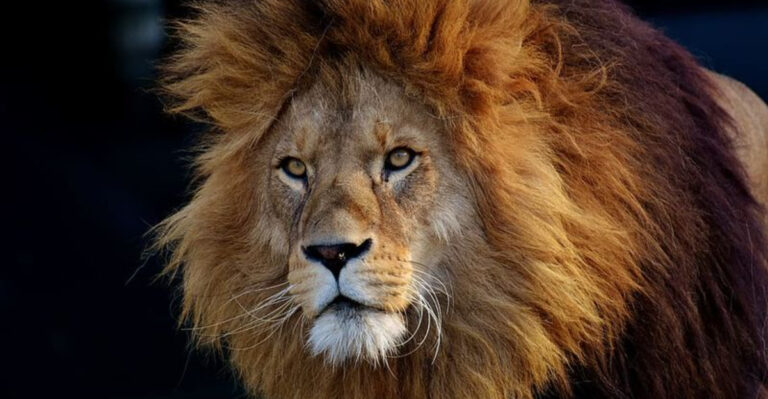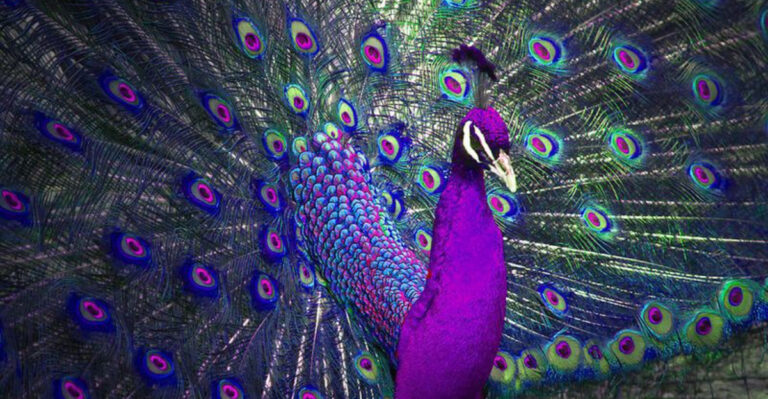15 Animals That Don’t Need The Sun To Survive
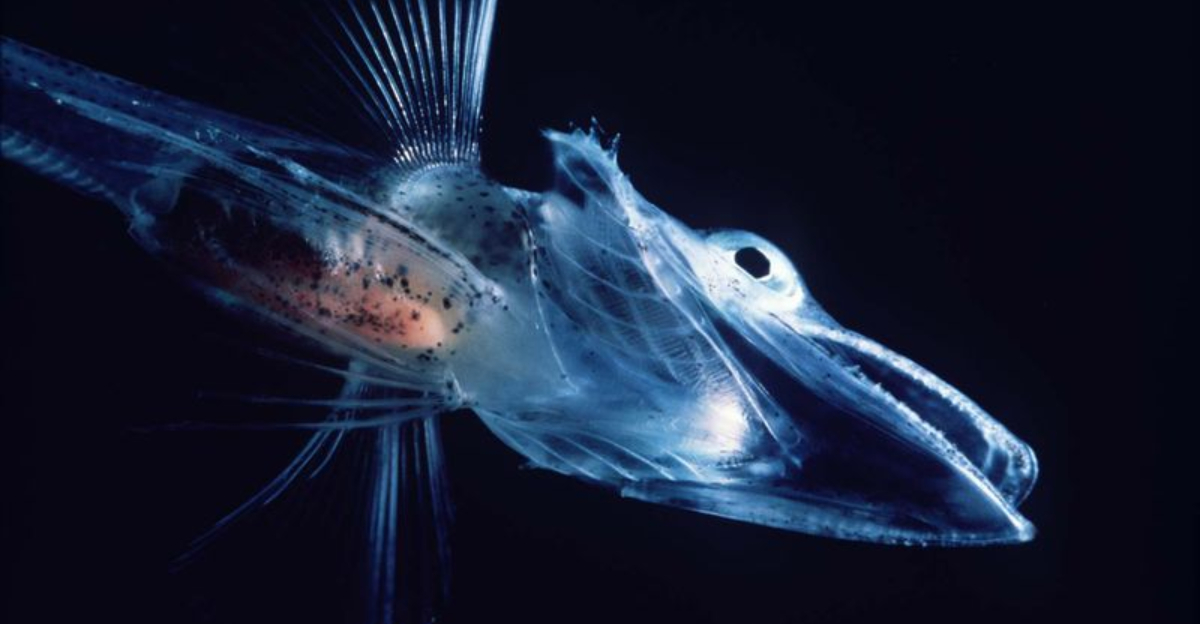
Imagine living your life without ever catching a glimpse of the sun. Sounds impossible, right? Well, for some creatures inhabiting the deepest, darkest parts of our world, it’s just another day at the office.
These extraordinary animals have adapted to lives without sunlight, thriving in environments where light simply doesn’t reach.
1. Giant Tube Worm
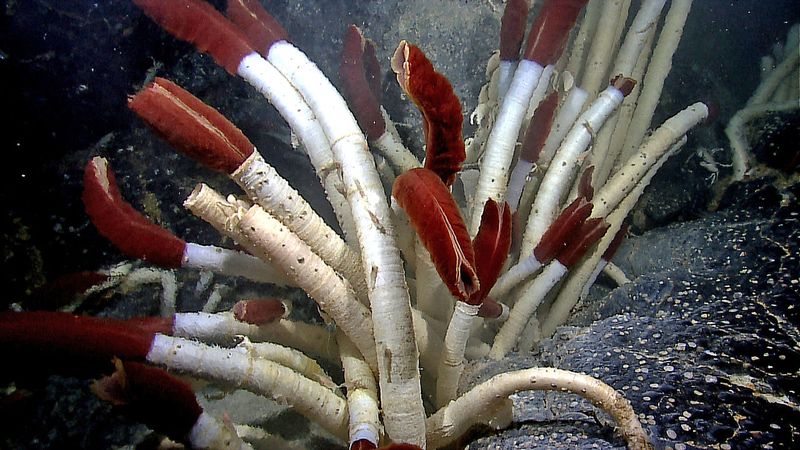
In the pitch-black depths of the ocean, giant tube worms thrive without sunlight, relying on hydrothermal vents for warmth.
These amazing creatures use chemosynthesis instead of photosynthesis to survive, harnessing chemicals emitted by the vents to produce energy.
Their bright red plumes filter nutrients, while their bodies remain anchored to the ocean floor. With no need for sunlight, these worms create a vivid splash of life in an environment devoid of light.
2. Blind Cave Fish
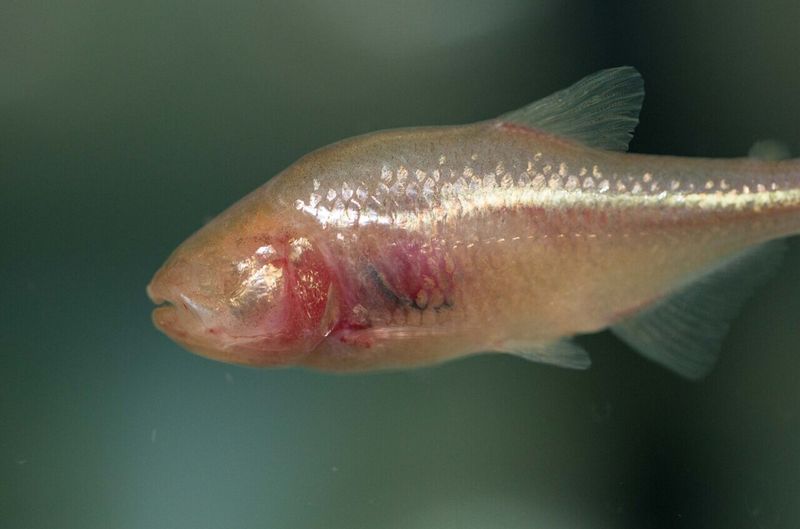
Blind cave fish navigate the dark, eerie waters of subterranean caves without the need for eyes.
These fish have adapted to their lightless world by developing heightened senses of smell and touch, which help them find food and avoid obstacles.
You might wonder how they get around without bumping into things.
Well, they use their sensitive skin to detect changes in water pressure. It’s like their very own sonar system, allowing them to thrive in the dark.
3. Vampire Squid
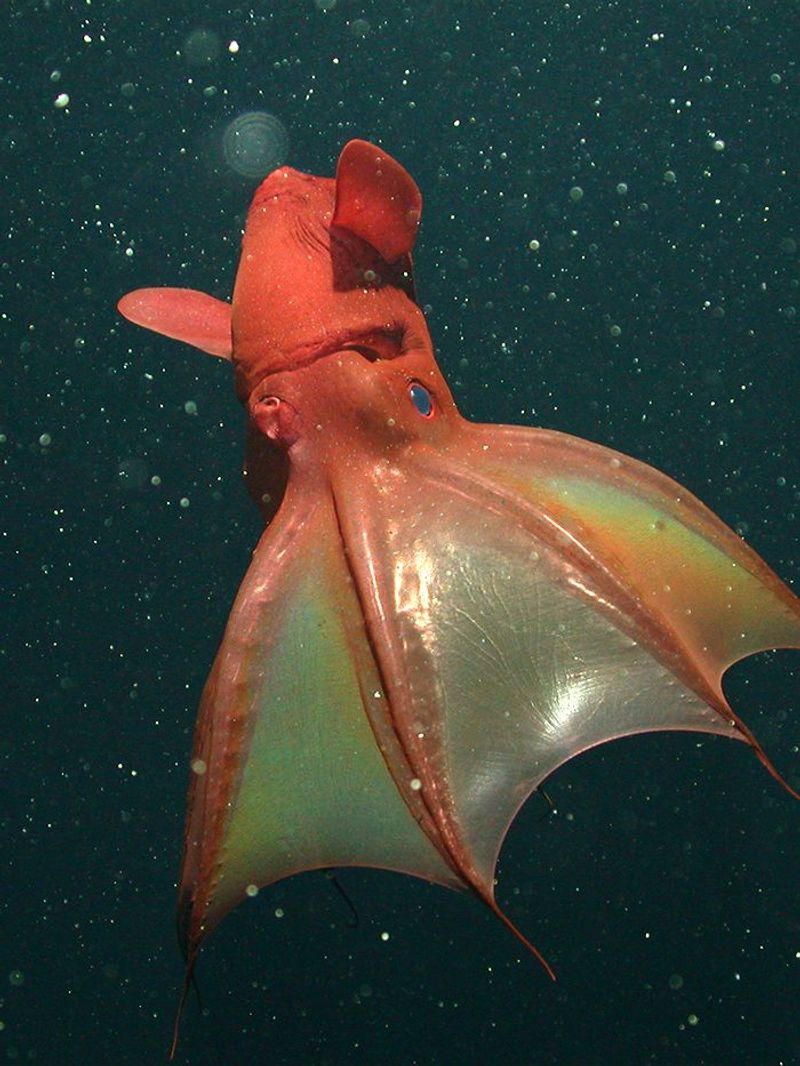
The vampire squid, despite its spooky name, is more of a gentle drifter.
Living in the oxygen-poor zones of the ocean, it has developed a unique way of life, feeding on marine snow – the organic debris that falls from the upper layers of the sea.
Its fascinating bioluminescent capabilities allow it to glow in the dark, which is both mesmerizing and a clever defense mechanism. This squid’s world is a dark, quiet symphony where it thrives gracefully.
4. Olm Salamander
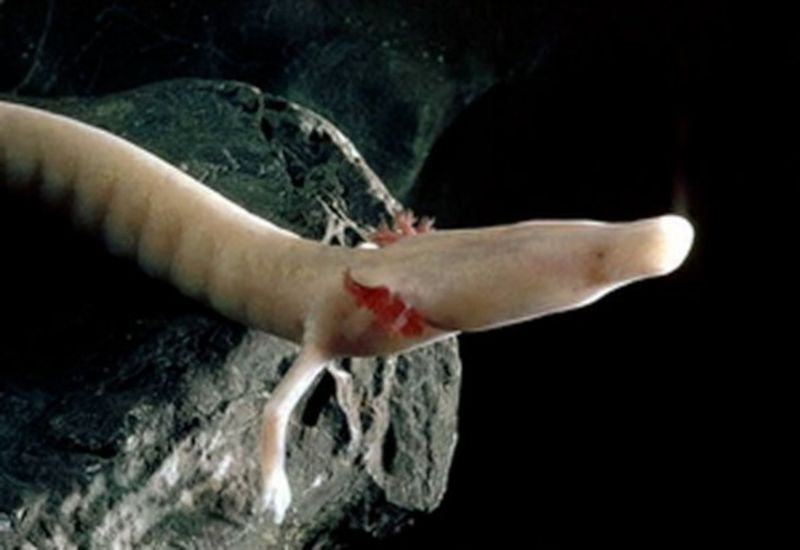
This European cave dweller, the olm salamander, is like a real-life dragon from a fantasy novel. Known for its pale skin and feathery gills, it calls the pitch-black caves of the Balkans home.
The olm has adapted to its sunless world with a highly developed sense of smell and lateral line system to detect prey.
With eyes that are practically useless, it relies on these acute senses to find food and navigate the underwater labyrinth.
5. Deep-Sea Anglerfish
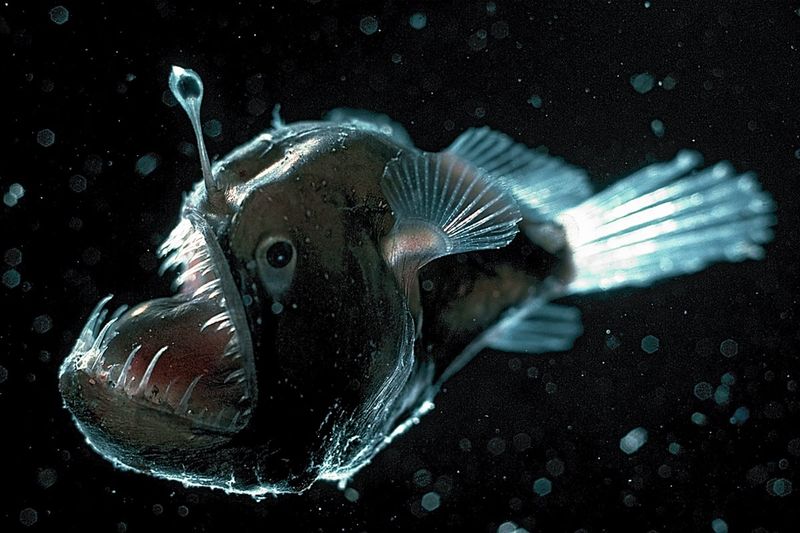
With a face only a mother could love, the deep-sea anglerfish uses its bioluminescent lure to attract prey in the pitch-black ocean depths.
This eerie fish dangles a glowing lure in front of its mouth, enticing curious creatures closer for a quick snack.
Despite its fearsome appearance, the anglerfish is a master of adaptation, thriving in an environment where sunlight never reaches. Talk about embracing the darkness to find dinner!
6. Yeti Crab
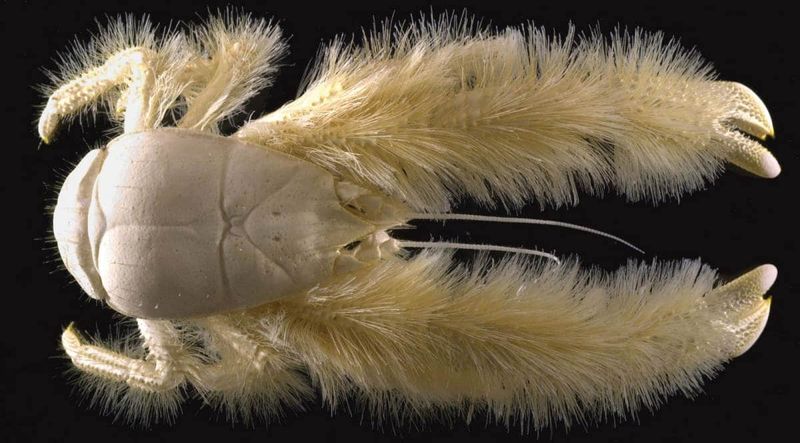
The yeti crab, with its hairy claws, lives a life of mystery on the ocean floor near hydrothermal vents.
These unusual crabs farm bacteria on their claws, which they then consume for nourishment.
Without sunlight, they have developed this unique survival strategy, making them the farmers of the deep sea.
Their light-colored bodies and peculiar behavior set them apart from other crabs, turning the darkness into their thriving farming ground.
7. Troglofauna
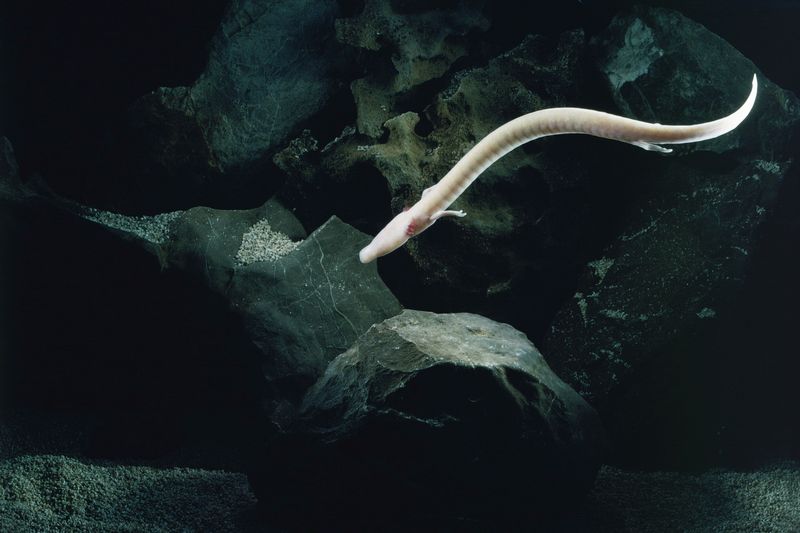
Troglofauna are the unsung heroes of the cave world, a collection of species that have embraced life without sunlight.
From tiny insects to peculiar arachnids, they have adapted to the darkness through specialized senses and reduced pigmentation.
These creatures have turned caves into bustling ecosystems, thriving in places most animals wouldn’t dare to venture.
8. Icefish
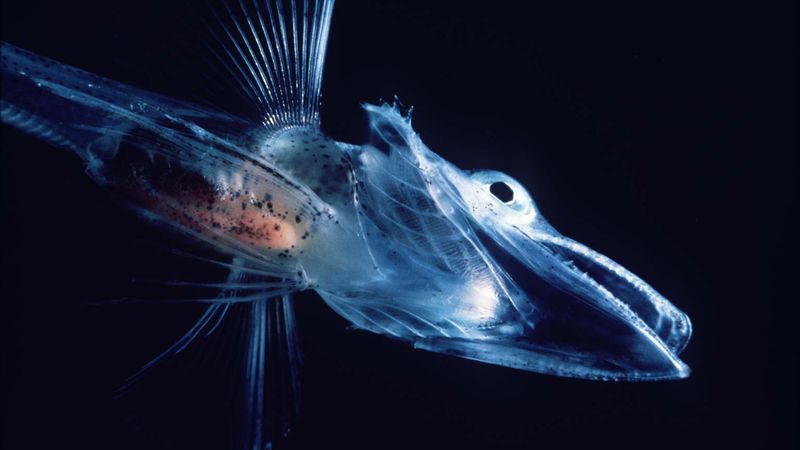
Looking more like a ghost than a fish, the icefish has a clear, translucent body that suits its home in the icy waters of Antarctica.
Its blood lacks hemoglobin, making it uniquely adapted to the cold, oxygen-rich environment.
Instead of relying on sunlight, it thrives in the freezing waters, using its transparent skin to blend in.
This adaptation ensures it remains a mystery to both predators and prey, an unseen enigma of the Antarctic depths.
9. Cave Beetle
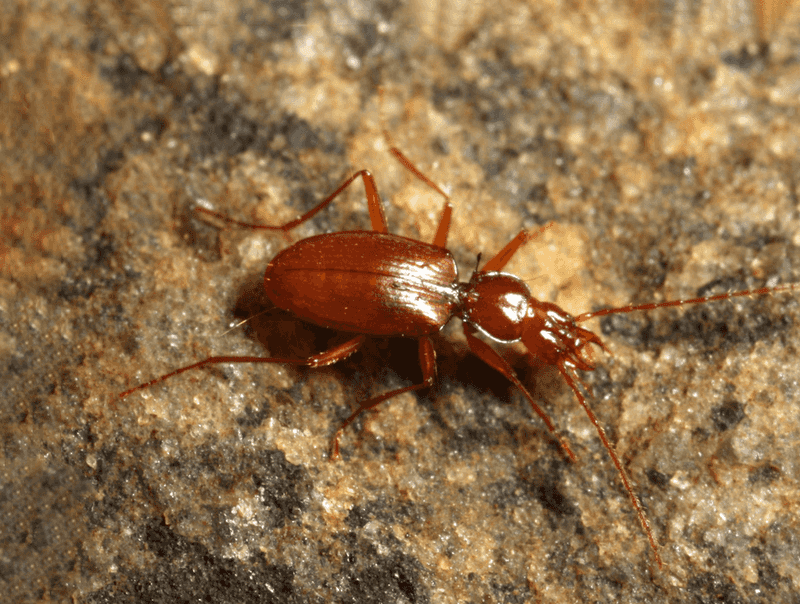
Cave beetles have turned the lack of sunlight into an advantage, living in the darkest corners of damp caves.
With reduced eyes and elongated antennae, these beetles navigate their world through touch and smell.
Their sense of smell is so finely tuned that it helps them locate food in the pitch-dark.
Living in moist environments, they are true masters of survival, adapting to a world forever shrouded in darkness.
10. Deep-Sea Jellyfish

In the dark, mysterious depths of the ocean, the deep-sea jellyfish dances with grace.
Its bioluminescent tentacles light up the darkness, creating a mesmerizing display. This dazzling glow isn’t just for show; it’s a clever adaptation for survival.
The jellyfish uses light to lure prey or confuse predators, thriving in an environment where sunlight is a distant memory.
11. Cave Cricket
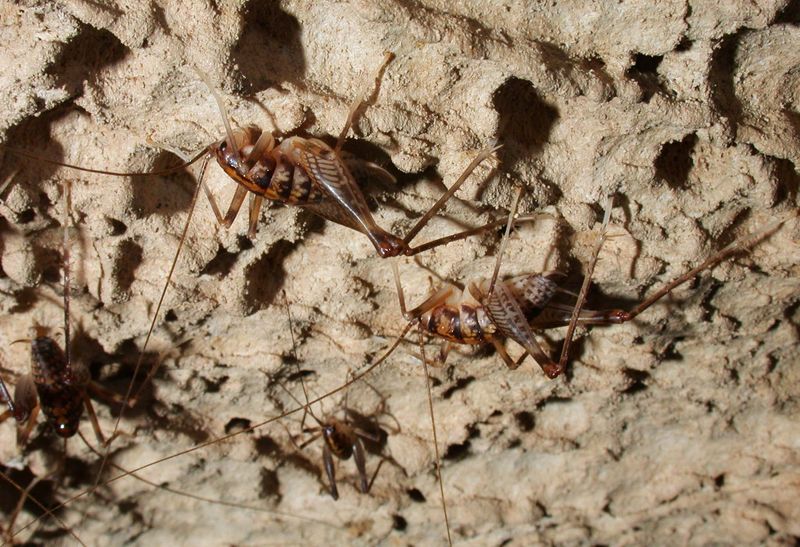
Cave crickets, with their long legs and antennae, have made the dark, damp caves their perfect abode.
Without sunlight, they rely on their keen sense of touch to explore their environment. These crickets have evolved to have slightly longer limbs, helping them navigate the uneven cave terrain.
They might not see much, but they ‘feel’ their way through life, making the caves echo with their presence. It’s a cozy, albeit dark, world for these quirky little creatures.
12. Deep-Sea Octopus

Down in the ocean’s abyss, the deep-sea octopus moves with an eerie grace. Its bioluminescent abilities light up the darkness, a beacon in the black void.
These octopuses have adapted to their sunless world with keen senses and intelligence, hunting in silence.
Their world is a silent ballet, where they glide through the water as masters of their dark domain. Who says you need sunlight to dance?
13. Cave Millipede
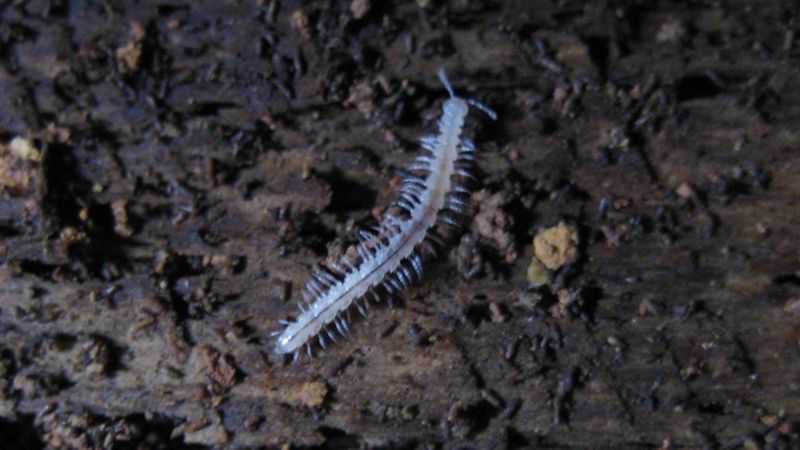
Cave millipedes are the tiny titans of the underground, with their elongated bodies and countless legs.
These critters have made the dark, damp caves their playground. Without eyes to guide them, they rely on touch and chemical cues to navigate.
Living in a world of perpetual darkness, they’ve adapted to a life of feeling their way through the subterranean labyrinth.
14. Ghost Shark

The ghost shark, with its ethereal, pale skin, glides through the ocean’s twilight zone. Often called chimeras, these creatures are not true sharks, but they share the same ancient lineage.
Living in the ocean’s depths, they have evolved to sense electrical fields, helping them find prey in the dark.
This adaptation makes the ghost shark a stealthy predator, maneuvering through the ocean’s shadows like a phantom on the prowl.
15. Cave Salamander

Cave salamanders have embraced the darkness of their rocky homes, where sunlight never ventures. With mottled skin and an elongated body, they blend seamlessly into their surroundings.
These salamanders rely on keen senses to navigate and find food in their gloomy habitat.
The absence of light hasn’t dimmed their potential; they’ve adapted with elegance, proving that life thrives even in the darkest corners of the earth.


